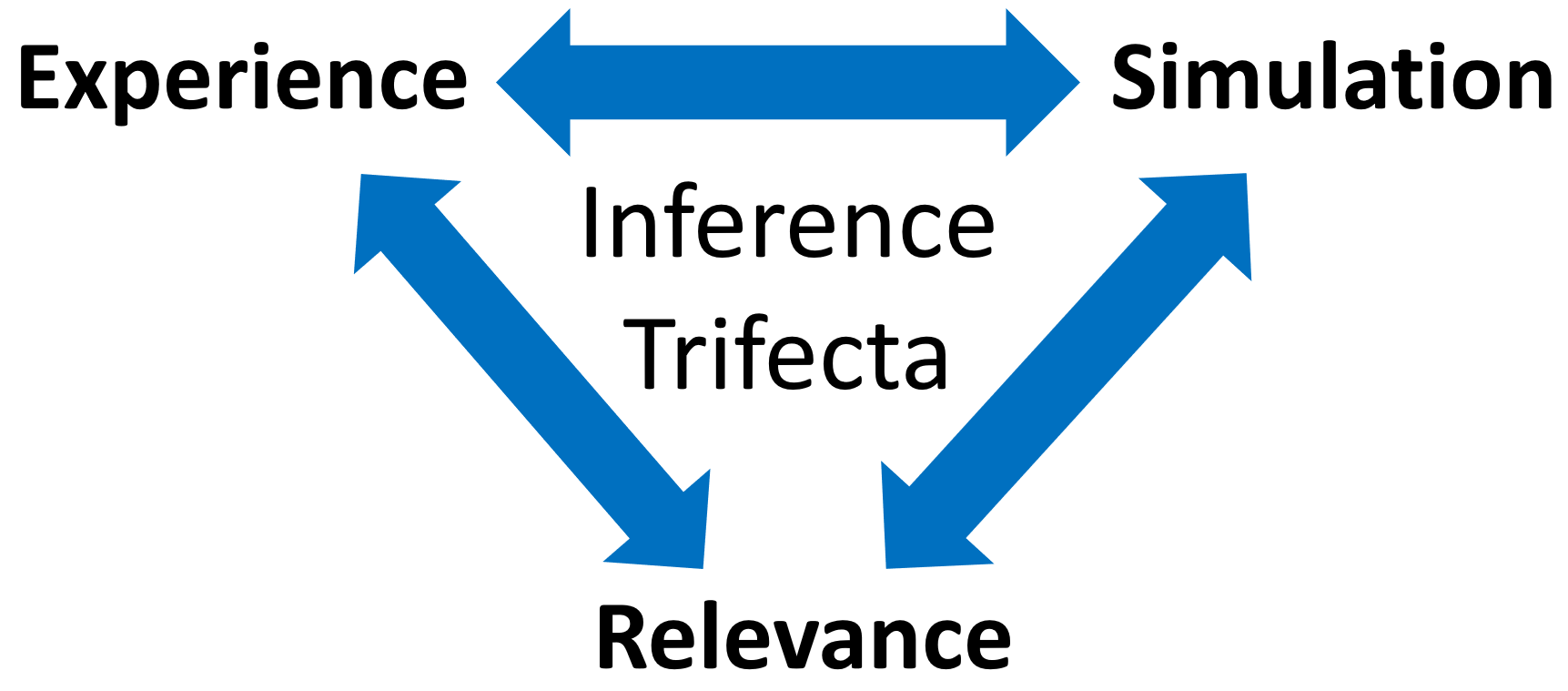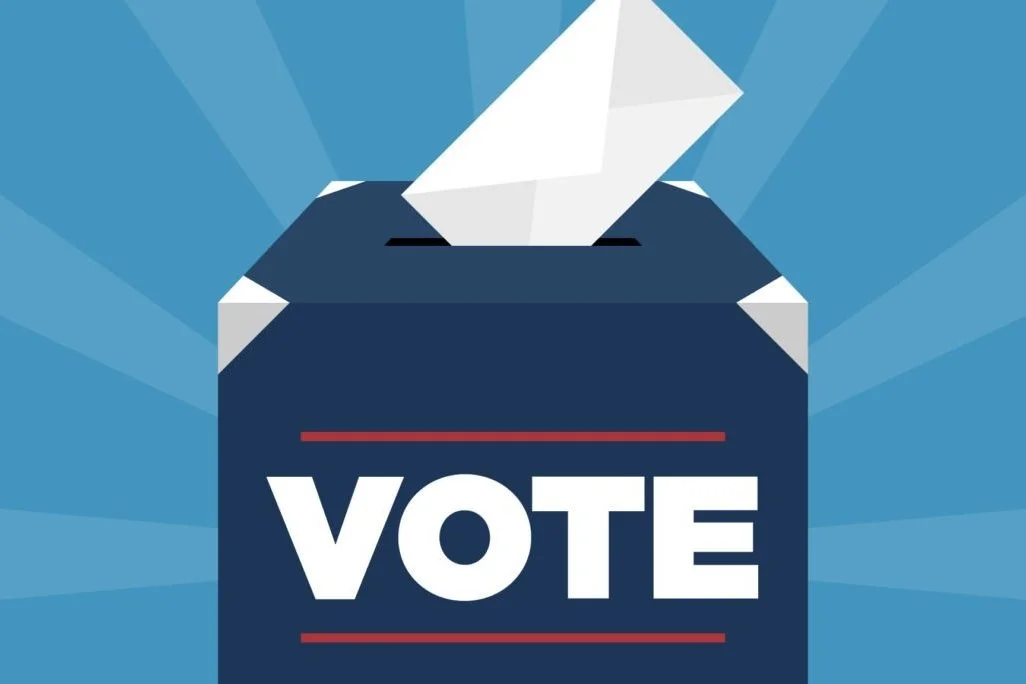Our inference trifecta lessons combine three powerful components for teaching statistical inference:
Experience-based activities - to give students an intuitive feel for the processes underlying inference methods
Computer simulation - to take those student experiences to scale, without going immediately into formulas
Relevant lesson contexts - to drive student engagement by giving them a real stake in the inferences they make with data
Whenever you see the above logo on a lesson page, you’ll know it’s an inference trifecta lesson. These lessons usually have a different format than our standard lessons, so we provide teacher guide videos on the lesson pages, which walk through the lesson materials and how to use them.
All Inference Trifecta Lessons
Statistical Concepts Covered
Sampling distributions (general concept)
Comparing an observation to random draws
Relevant Topics Covered
Gerrymandering
Statistical Concepts Covered
p vs. p(hat)
Sampling Dist. for a Proportion
Sample Size and Spread
Relevant Topics Covered
Can a person detect Parkinson’s with scent?
Can a machine detect Parkinson’s with scent?
Statistical Concepts Covered
Sampling Distribution for a Mean
Central Limit Theorem
Conditions for Sampling Means
Relevant Topics Covered
Veteran mental health appointment wait times
Warning: Lesson mentions veteran suicide data
Statistical Concepts Covered
Point Estimates & Margins of Error
Interpreting a Confidence Interval
Interpreting a Confidence Level
Relevant Topics Covered
Political Polling
Polling Errors
Statistical Concepts Covered
95% Interval for One Proportion
Four Step Process for Inference
Relevant Topics Covered
Flint Water Crisis
Environmental Science
Chemical Engineering
Statistical Concepts Covered
Constructing Hypotheses
Logic of Hypothesis Tests
p-values, Alpha Levels, Conclusions
Relevant Topics Covered
Basketball
Was there a “home court” advantage in the NBA Bubble?






